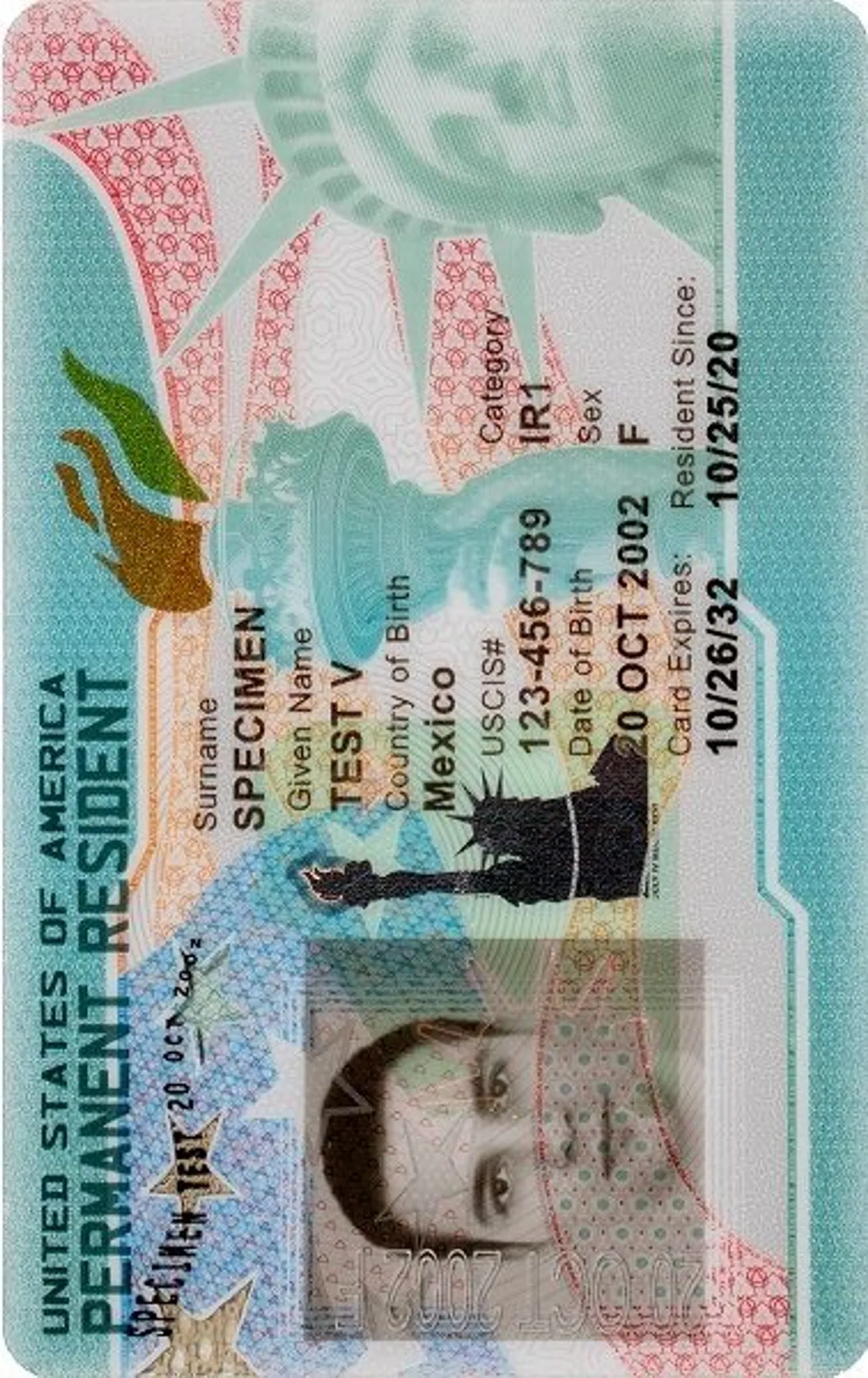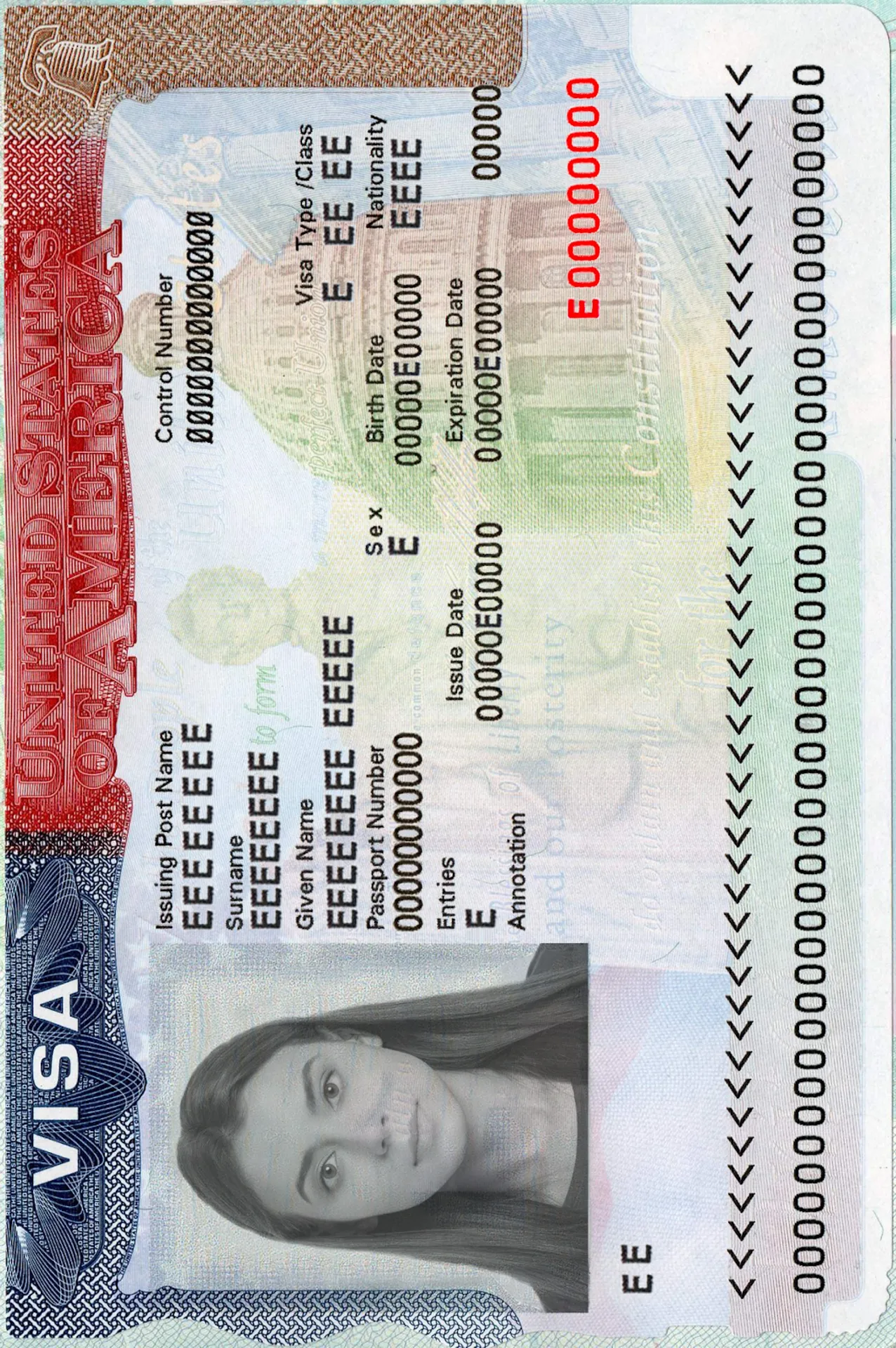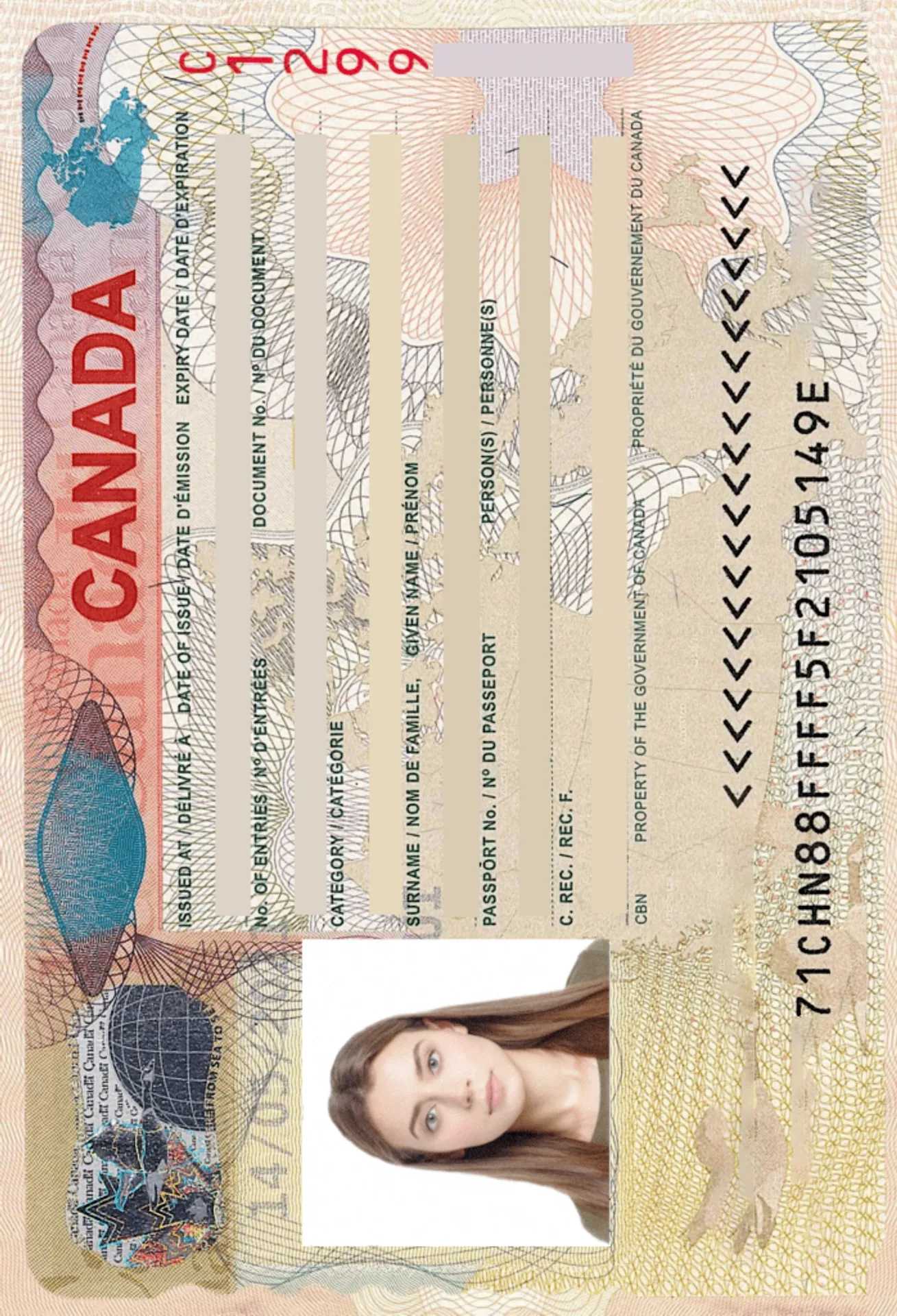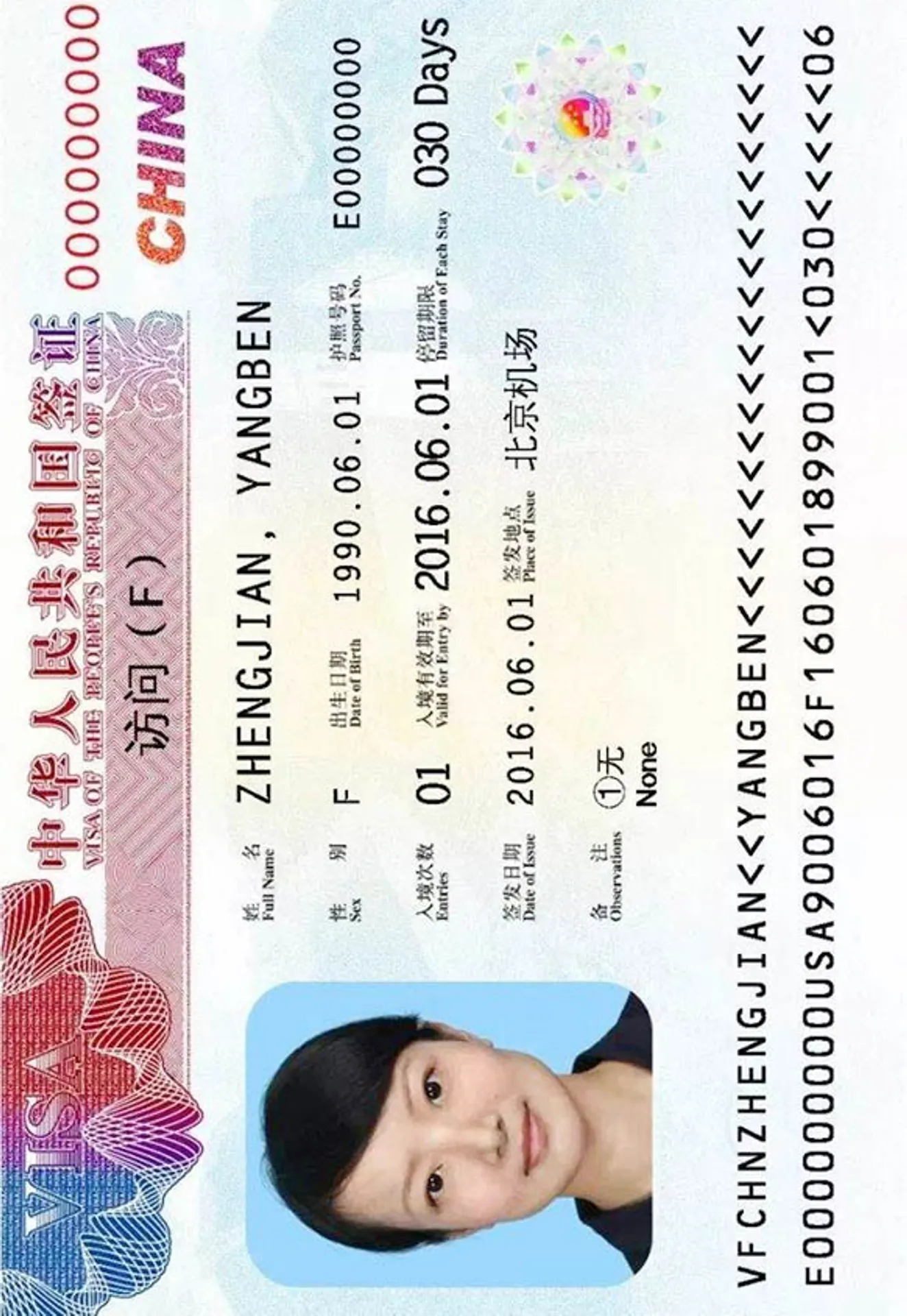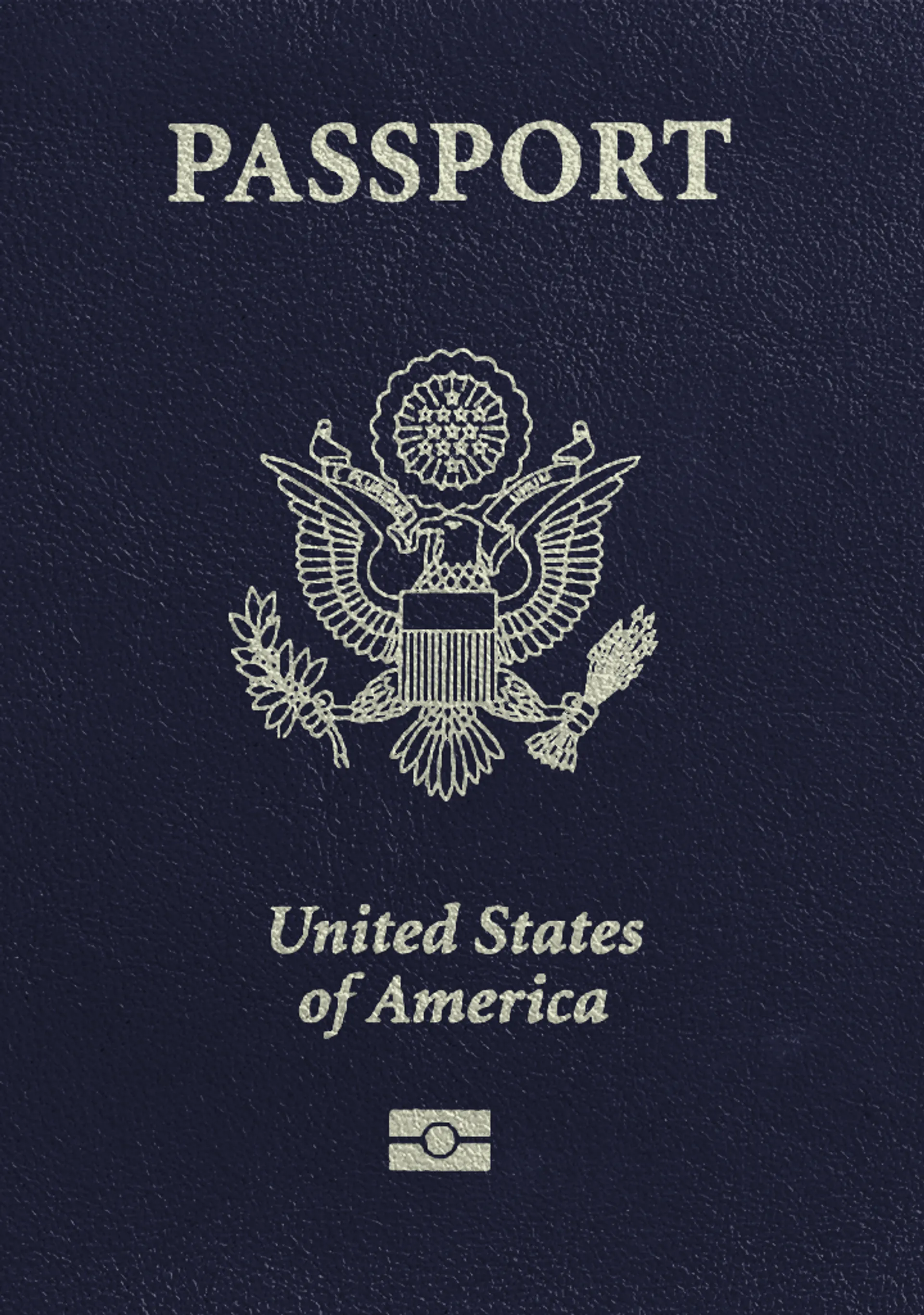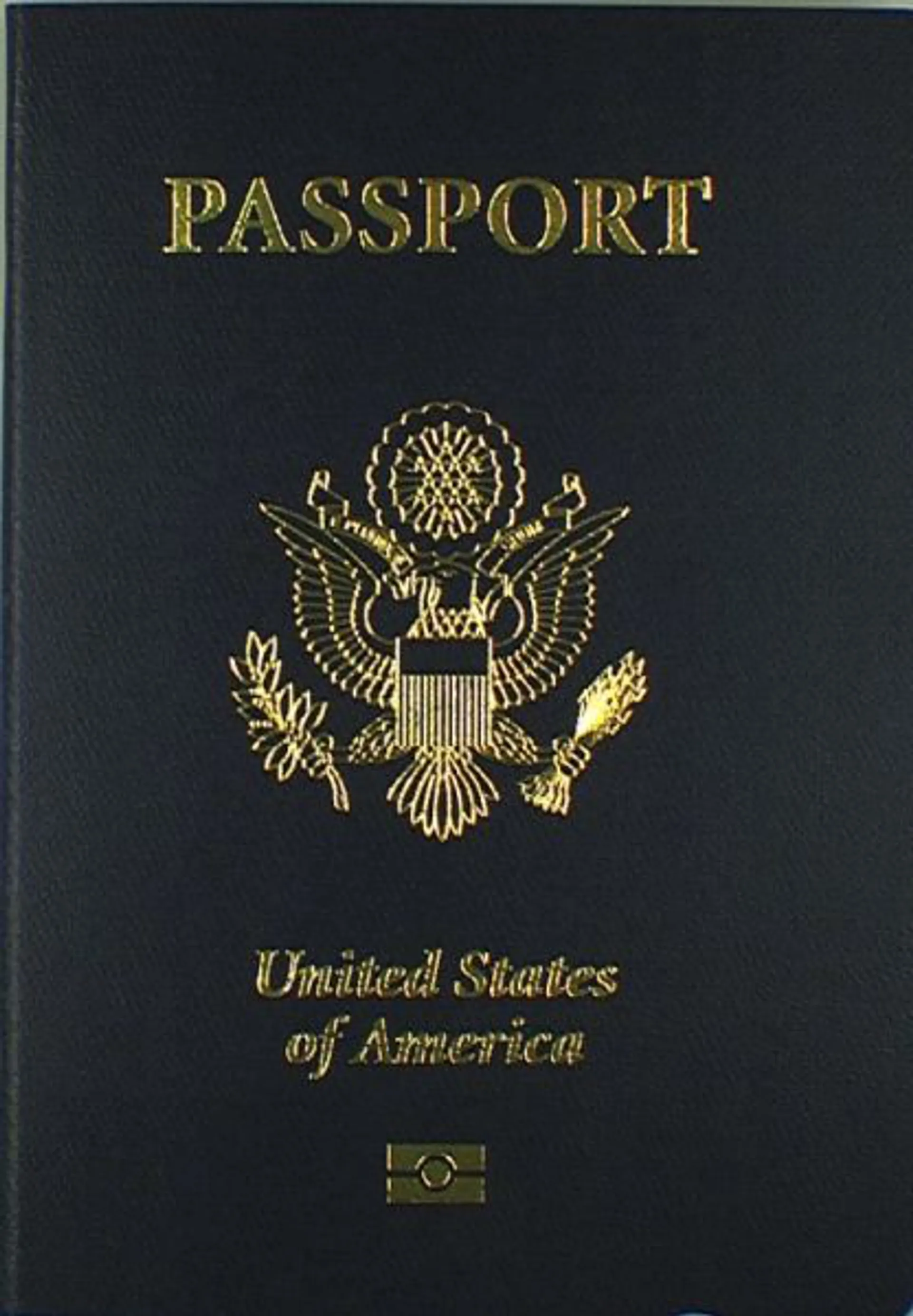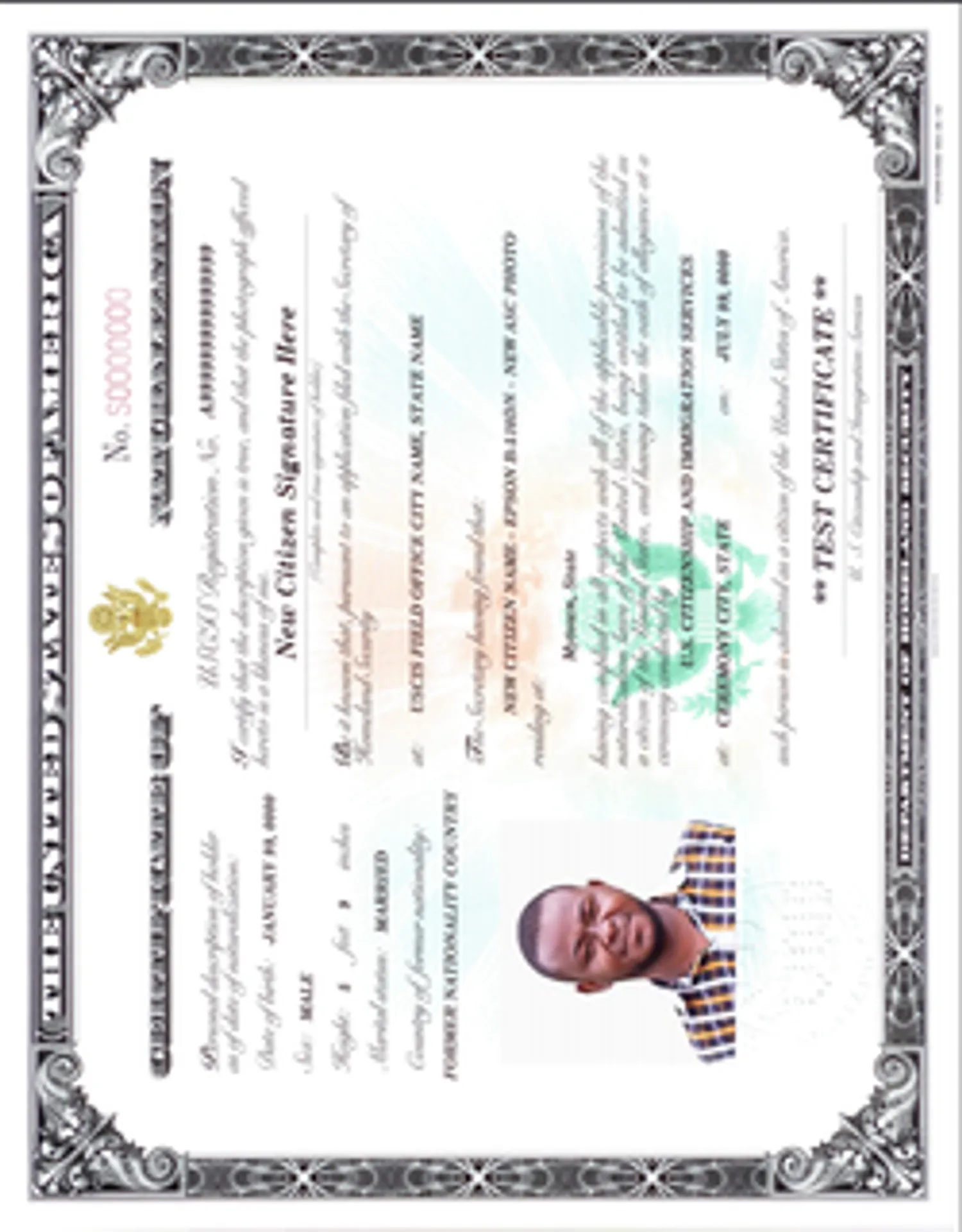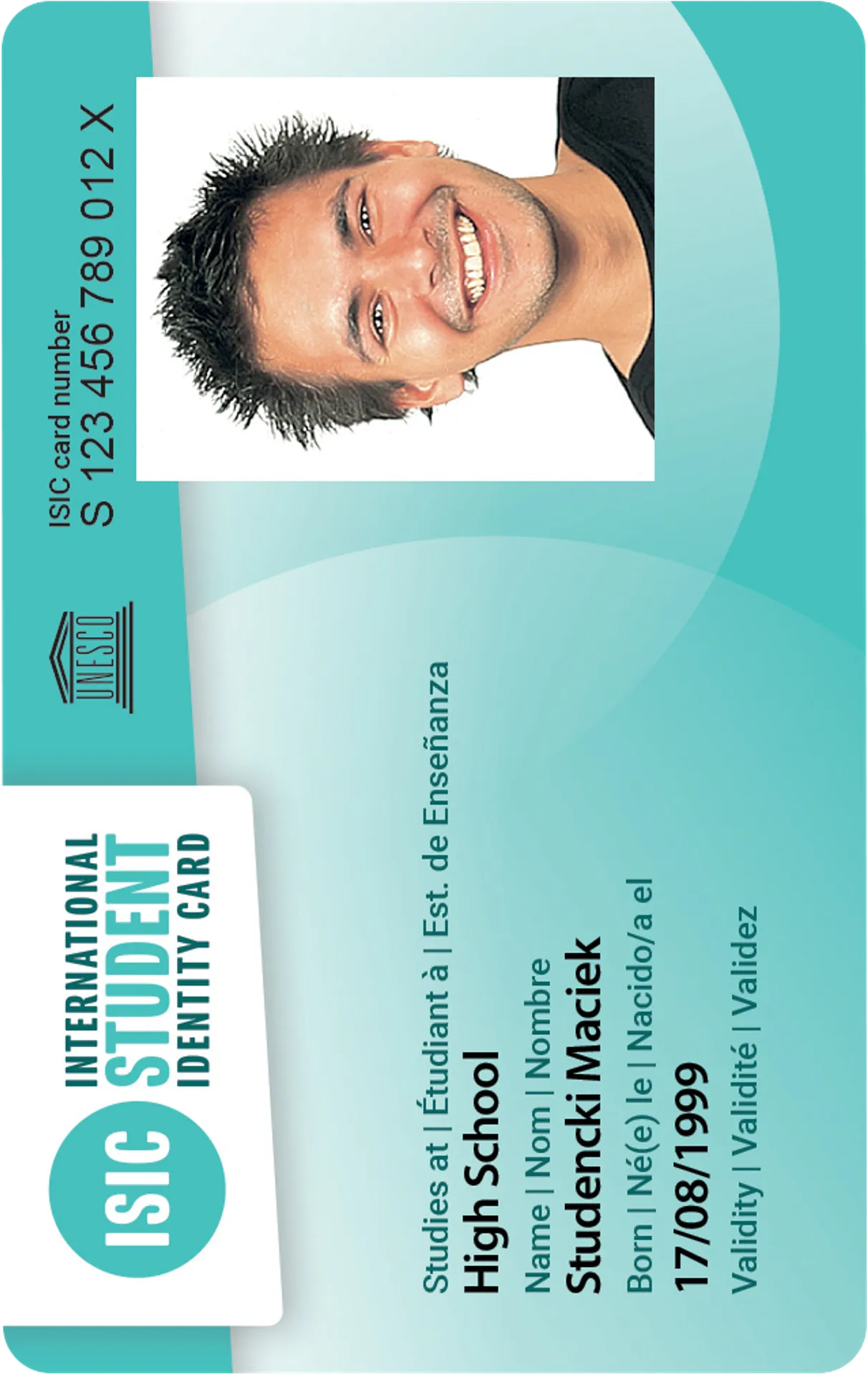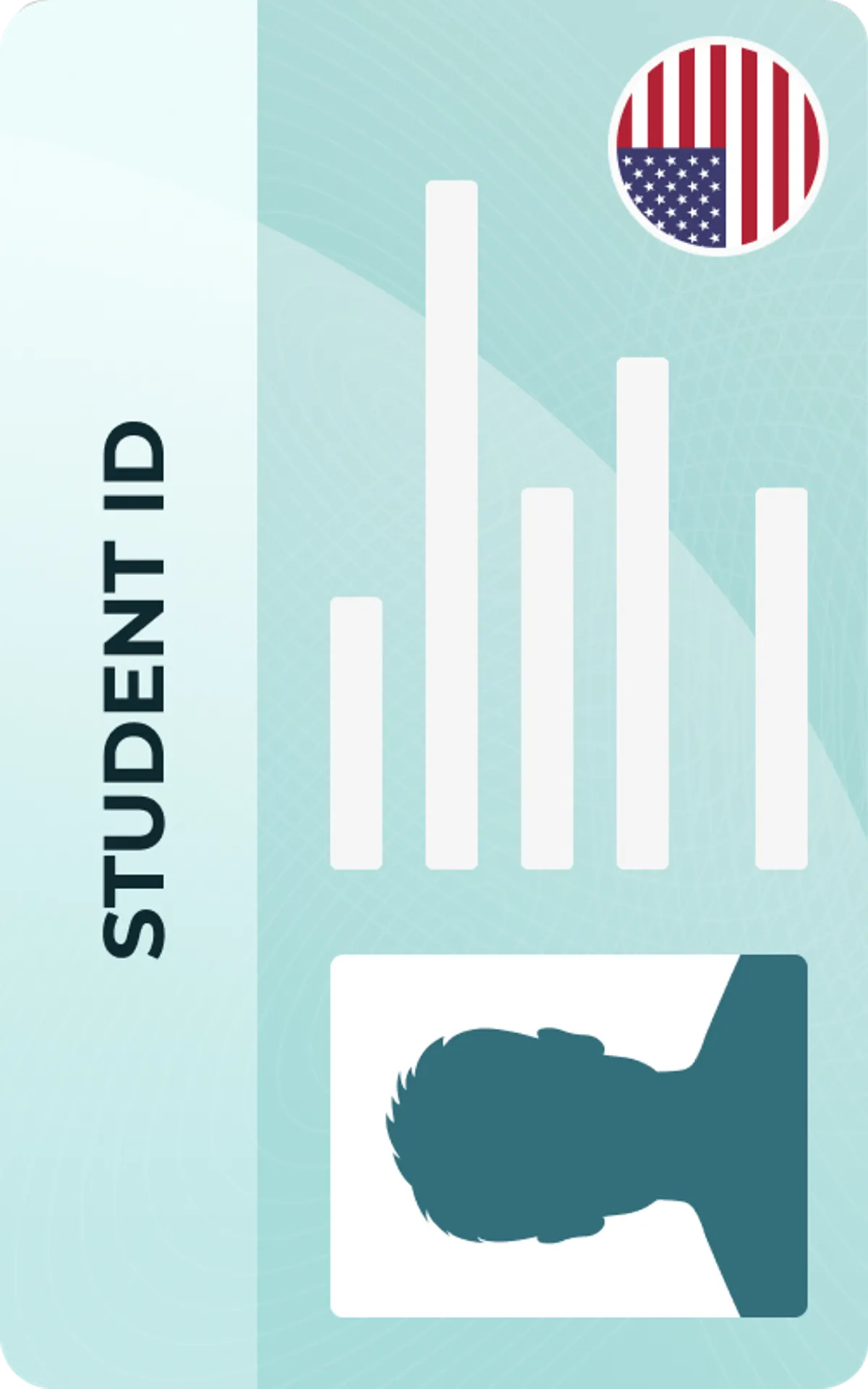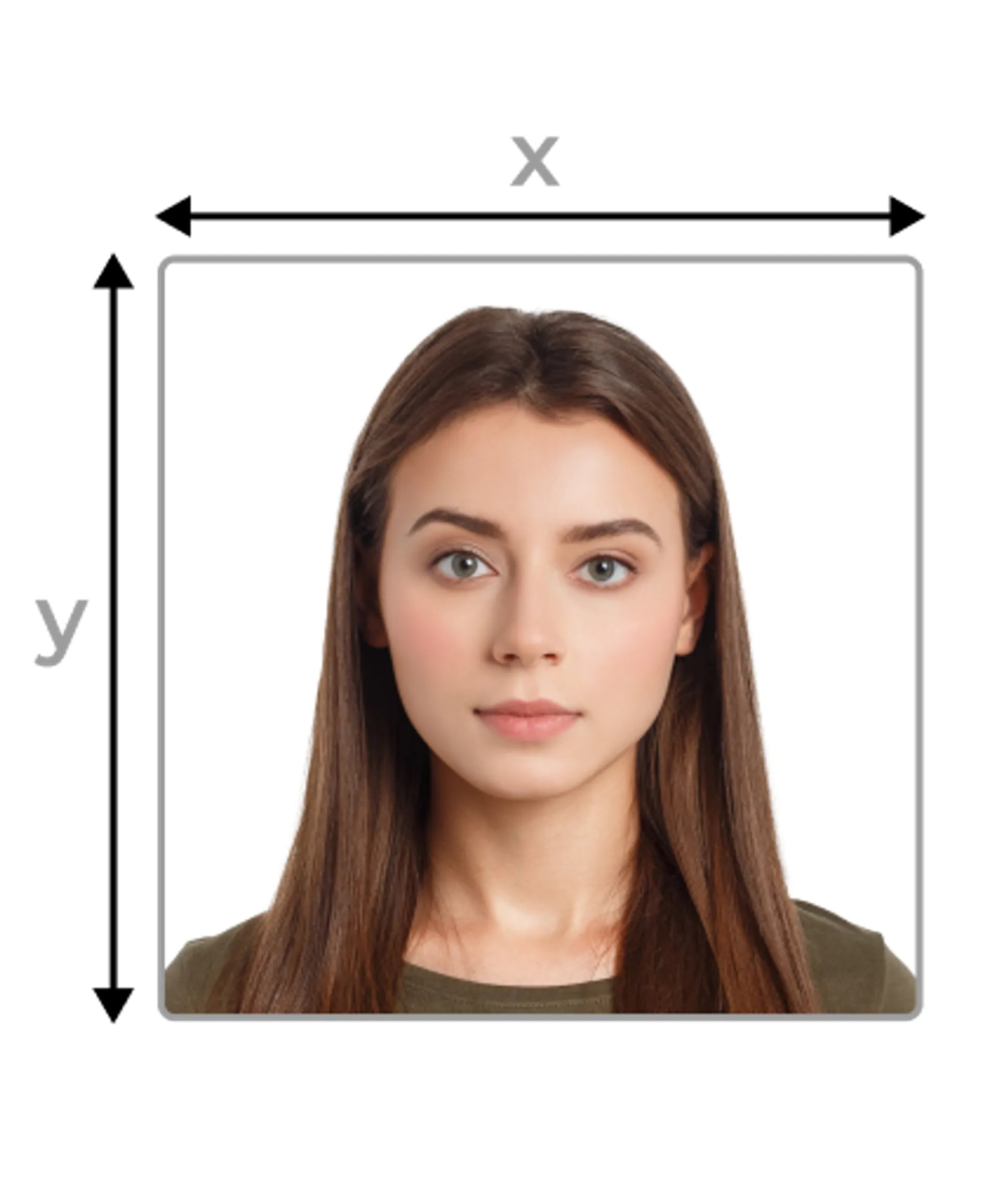
Schengen Visa Photo Online
Create your photo for a Schengen visa entirely from home.
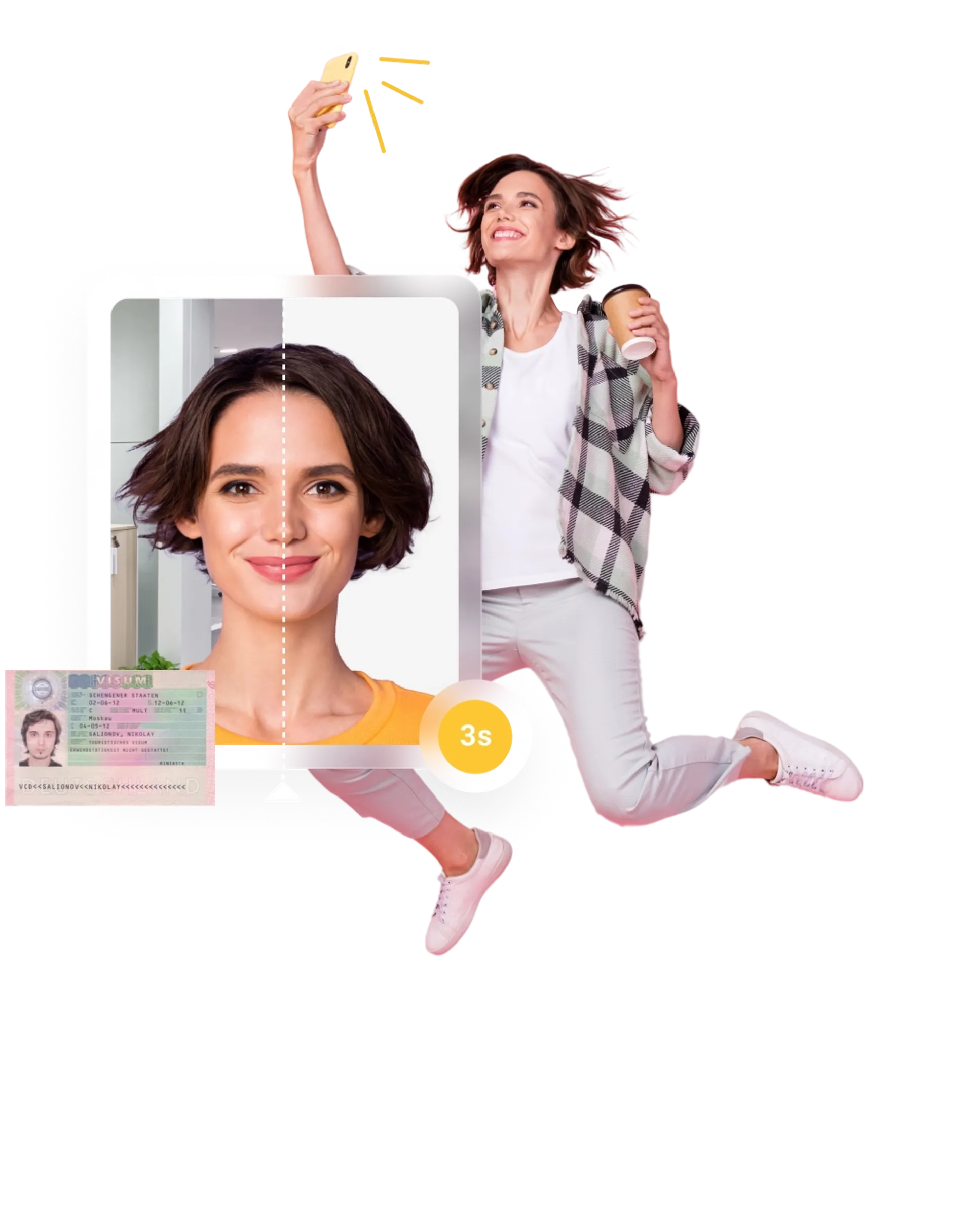






Sylwia is a skilled writer with a BA in English Studies and an active SPJ member. For nearly three years now, she's been writing captivating articles for international companies, turning her lifelong passion into a career.
Jess is a specialist in passport photography and a recognized member of the British Institute of Professional Photography (BIPP) and the Guild of Photographers. She has reviewed over 400,000 passport photos, ensuring they meet strict global standards. With a keen eye for detail and in-depth knowledge of international photo regulations, Jess helps clients get compliant photos every time.
What’s a Schengen Visa Photo?
A Schengen visa photo is a biometric photograph that must adhere to strict regulations. The color photo must be 35 x 45 mm and have a plain, light-colored background. The face must cover 70–80% of the image, and you must maintain a neutral facial expression. The picture must be no older than six months.
Schengen Visa Photo Requirements
The photo specifications for a Schengen visa follow the International Civil Aviation Organization (ICAO) standards and cover aspects such as size, quality, facial expression, and more. This section summarizes them all.
Schengen visa photo size
Photographs for a Schengen visa must measure 35 mm in width and 45 mm in height (or 1,38 x 1,78 inches). Additionally, the applicant’s face must take up 70–80% of the image.

Your face and upper torso should be visible but not too zoomed-in or far away
Quality
Your photo should be taken at 600 DPI (dots per inch) to ensure it’s sharp, in focus, and reflects your natural skin tones. The photograph must have proper contrast and brightness and no shadows across your face or in the background.

The photo must have proper lighting and reflect natural skin tones. Blurry, over or underexposed photographs will be rejected.
Attire and accessories
Dark-colored clothes without patterns, for example, plain navy blue, black, or burgundy, are recommended to avoid blending with the light backdrop. You can wear jewelry (as long as it doesn’t reflect light or obscure your face). Still, head coverings are acceptable only if worn for religious purposes.

Examples of unacceptable attire (white, visible patterns) and proper clothes.
Facial expression and posture
A neutral facial expression is required. Ensure your eyes are fully open and your mouth closed. Portrait-style photos aren’t allowed, so you must face the camera directly. Moreover, the top part of your shoulders should be visible.

Keep a neutral facial expression with your eyes fully open and your mouth closed.
Hair and makeup
Your hair and bangs mustn’t obscure your eyes, eyebrows, or the oval of the face (ears don’t need to be visible). If you want to do makeup, opt for a natural look that doesn’t change your skin tone or facial features. Avoid shimmers, glossy-finish products, and fake eyelashes.

Keep the hair off your face and opt for natural makeup that doesn’t change your facial features.
Glasses
Only thin-framed, clear glasses with non-reflective lenses are acceptable. The frames shouldn’t obscure the eyes or eyebrows in any way. If possible, remove the glasses.

Ensure the glasses don’t cause reflections and obscure your eyes and eyebrows.
Children
When taking a child's photo for a Schengen visa, remember that the child must be the only subject present. You can't hold your child, and they're not allowed to have toys in their hands. The child should look directly at the camera and maintain a neutral facial expression (as much as possible).

Children must be the only subject in the picture and look at the camera with their mouths closed and eyes open.
Schengen visa photo: Matte or glossy?
You can print Schengen visa photos in either matte or glossy finish using high-quality photographic paper. Ensure the prints have no creases, ink marks, or other damage.
Are the Schengen visa photo guidelines the same for all member countries?
The visa photo requirements are the same for all Schengen member countries. However, a Schengen visa isn’t the same as a national visa; it lets you transit or stay in any of the 29 countries in the Schengen area for up to 90 days.
Important: Not all European countries are part of the Schengen area. For example, a flight from the UK to France will be considered an external flight, and a Schengen visa won’t be enough to enter.
Schengen Visa Photo Online with PhotoAiD
You can take a visa photo at home with the help of our Schengen visa photo tool and in-house photography experts. The process is simple, won’t take longer than a few minutes, and you can be sure the photo will be accepted—or you’ll get a 200% refund.
Here’s what it looks like:
1. Take a photo
First, find a well-lit room to ensure the photo is high-quality. If possible, ask someone to photograph you or place your phone on a flat surface (a table or window sill). Maintain a neutral facial expression and look directly at the camera lens. Don’t worry about the background; our editor will automatically remove it.
2. Upload it to our tool
When you’re satisfied with the result, load the photo into our tool with the button below. You can also download our app, PhotoAiD® for iOS or PhotoAiD® for Android, and complete the process entirely on your phone.
3. Let the artificial intelligence reformat the photo
Our editor will erase the background and replace it with a light-colored sheet, resize the image, and crop it to meet the official requirements. If you’re unhappy with the final result, you can retake the photo as many times as you like (for free).
4. Pick the photo option
We offer digital visa photos (perfect for self-printing) and high-quality prints. Pick the option that best suits your needs and proceed to the checkout.
5. Wait for the expert check
One of our photography experts will immediately receive your photo for review. They’ll verify it against all official photo requirements for a Schengen visa to ensure the authorities accept it.
6. Download your photo
After the order has been processed, which usually takes just a few minutes, you'll receive your digital Schengen visa photo in your inbox. Printed copies will be delivered via mail within a few days.
Key benefits of using our passport photo tool
Get comfy at home, grab your phone, and snap a few pictures. End up with a result you’re 100% satisfied with!
Independence
No need to drive or wait in line. Take a photo wherever you are with only your smartphone.
Trusted service
Over a million users worldwide, 18 million photos processed, and thousands of 5-star reviews on TrustPilot.
Professional support
Questions or doubts about your photos? Our photography experts and support agents will be happy to help you out.
Acceptance guarantee
Once you place your order, our AI and human expert will verify your photo to ensure it's 100% compliant.
What Customers Say About PhotoAiD
I used the app for my son’s irish passport and our Schengen visa application. Easy to use and very reliable. Got our picture delivered just in time for our appointment. Thanks photoaid
Customer (IE)
If you don't have time to go to a fotographer, this is the perfect alternative. Professionals verify that all the requirements are fullfilled for a passport or visa pucture.
Customer (CH)
The App is very cool. It is very easy to use and very handy when you need it. I was interested in a digital photo for an e-visa application and I got one for myself and my family. One improvement I would recommend is to review the photo requirements for a traditional visa application vs an e-visa application. For example in my case the photo requirement for the e-visa was different. I also like that the pictures taken by the app are reviewed by human. I would definitely use it for myself and my family in the future. I will also recommend it to my family and friends.
Customer (US)
Discover other documents we support
Frequently asked questions
The background of a Schengen visa photo must be light-colored (we recommend white or off-white) without any patterns or shadows.
No, you can’t. A passport-size photo for a Schengen visa measures roughly 1,38 x 1,78 inches (35 x 45 mm), which is different from standard US passport photos (2 x 2 inches).
Yes, you can request a Schengen visa-size photo at CVS (ask for a 35 x 45 mm picture). However, it’s unknown if every CVS pharmacy offers such images. You can also take an acceptable picture at home with our Schengen visa photo tool (100% acceptance guaranteed and expert assistance included).
Was this information helpful?
Let us know how useful you found this page
Rate this page
4.75/5
Number of votes: 146






